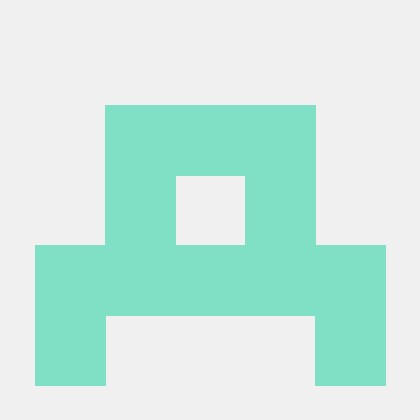The GraalVM Community Edition 22.3/3 release signifies a pivotal point in its evolution, bringing forth a plethora of enhancements across its platform, languages, and tools. This article delves into the key updates, exploring the significance of version 22.3 and its incremental iterations. Understanding these changes is crucial for developers leveraging GraalVM’s versatility and performance advantages.
Key Updates in 22.3/3
The 22.3 series, culminating in 22.3.3, focuses on security patches, performance improvements, and expanded language support. Each iteration builds upon the foundation laid by 22.3.0, refining features and addressing vulnerabilities.
Platform Enhancements
- OpenJDK Security Patches: Each 22.3 release incorporates the latest OpenJDK Critical Patch Updates (CPU), ensuring a secure runtime environment. This includes fixes for vulnerabilities discovered since the previous release, vital for maintaining application security.
- Platform Updates: Beyond security, platform updates deliver general stability and performance improvements. These updates encompass enhancements to the core GraalVM runtime, garbage collection, and native image generation.
Compiler and Language Updates
- JDK 19 and Virtual Threads Support: A significant addition in 22.3.0 is support for JDK 19 features, notably Virtual Threads (Project Loom). This offers lightweight concurrency for high-throughput applications, a significant step towards modernizing Java development within GraalVM.
- Improved JIT Compilation: Enhancements to the Just-In-Time (JIT) compiler in 22.3 lead to faster compilation speeds and reduced GC pauses. This translates to improved application performance, particularly for computationally intensive tasks.
- Native Image Advancements: Native Image, a core component for building ahead-of-time compiled executables, receives continuous improvements throughout the 22.3 releases. These enhancements include better memory management with the G1 Garbage Collector, improved debugging capabilities, and expanded API functionality for finer control over the image generation process.
- Enhanced Language Implementations: GraalVM 22.3 brings updates to various language implementations, including:
- JavaScript/Node.js: Updates to Node.js versions, implementation of WebAssembly proposals, and performance enhancements.
- Python (GraalPy): Renaming from GraalPython to GraalPy, improved startup performance, enhanced compatibility with Python ecosystem tools, and broadened support for popular libraries like Flask.
- Ruby: Performance optimizations, improved interoperability with Java, and support for newer Ruby language features.
- LLVM Runtime: Updates to the LLVM toolchain, experimental Windows support, and improved floating-point precision.
- WebAssembly: Implementation of the Multi-Value proposal and enabling sign-extension operations by default. These enhance WebAssembly’s capabilities within the GraalVM environment.
Conclusion: 22.3/3 as a Milestone Release
GraalVM Community Edition 22.3/3 represents a substantial step forward in the platform’s maturity and capabilities. The incorporation of JDK 19 features, continuous performance optimizations, and the commitment to security updates make it a compelling choice for developers seeking a high-performance, polyglot runtime environment. The incremental releases within the 22.3 series demonstrate a dedication to refinement and responsiveness to community feedback. By embracing 22.3/3, developers can unlock new possibilities in application development, leveraging the latest advancements in language support and runtime performance.
 GraalVM Logo
GraalVM Logo